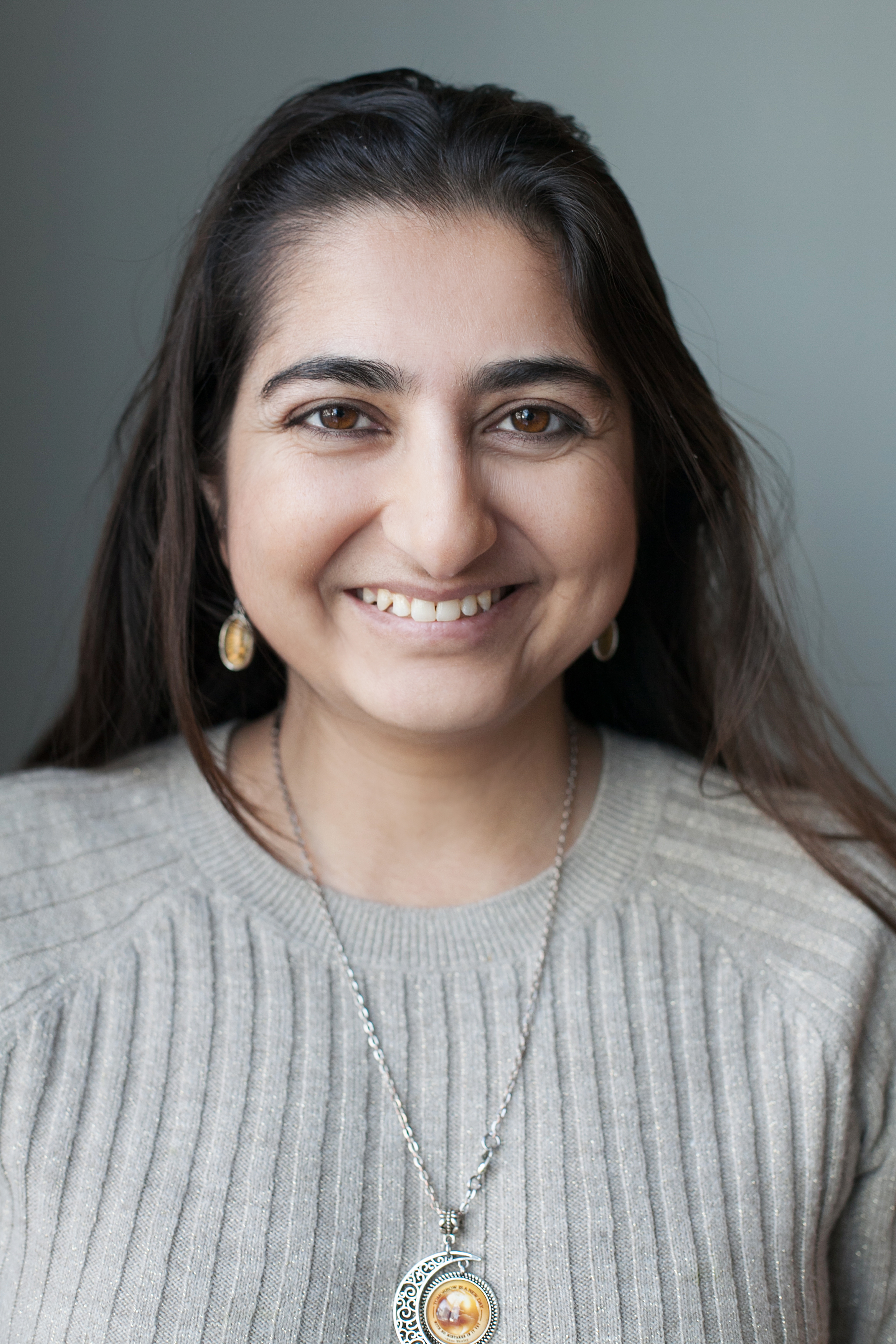By Maryah Haidery
Growing up as a member of the Dawoodi Bohra Community in the United States is a challenging experience, especially for women. It’s like precariously walking across a tightrope while trying to balance two vastly different worlds. In one world, there are the positive benefits that come from belonging to a community rich with tradition and ritual, with a strong emphasis on family. In the other world, there are the progressive ideas that come from living in a country (United States) whose core values emphasize reason and individualism and women’s rights. Usually, those of us who grew up here in the U.S. can find a way to reconcile the two worlds, but certain Bohri practices like khatna or FGC can make that very difficult and force those of us who really care about the values in the U.S. world to call into question everything we knew or thought we knew about the first world, the Bohra world.
When I realized that I was cut as a child and that this practice was not common among other girls, not even most other Muslim girls, I felt very isolated and “different”. The isolation was made more acute because khatna was a subject that was never spoken about, not even among other girls who were my age. When my sister first told me about the existence of groups like Sahiyo and We Speak Out, I finally felt like I was not alone, and by telling my story of undergoing khatna, I could start the process of healing and perhaps give a voice to those of us who are not yet ready to share their stories.
It was in this spirit that I attended the first ever Sahiyo Activists Retreat this past January. I wanted to meet the brave women who had been the first to speak out openly against FGC and who allowed the rest of us to finally have a platform to do so. I also wanted to learn more about the medical, legal and religious aspects of the practice so that I could talk about it with both the media and members of the community in a way that was challenging the practice without necessarily denigrating the people who chose to practice it.
The retreat was so much more gratifying than anything I had expected. The retreat helped me to learn quite a lot about khatna, the power of storytelling and the challenges that FGC activists face. But more importantly, the retreat helped me learn quite a bit about myself and my need to feel validated and heard. The women I met at the retreat differed vastly in their ages and backgrounds. Some were from conservative jamaats [congregations] and some were from what I consider more liberal jamaats. Some were still pretty active in the community and others less so. Some felt ready to publicly share their stories, others were less comfortable. But they all had a story I could relate to in some way and they all shared a commitment to help end this practice for the next generation of Bohri girls.
For me, speaking out about a practice like FGC has sometimes been challenging. Sometimes it has felt like the media and certain political groups have used my story to further their political motives while additionally, people in the community I care about have attacked me for being a traitor. It’s a journey that has felt scary and demoralizing and frustrating as much as the journey has felt empowering and worthwhile. That’s why being a part of this January retreat and learning that I was not alone in this journey was such a priceless experience.
To learn more about the U.S. Bohra Activists Retreat, read the report!

